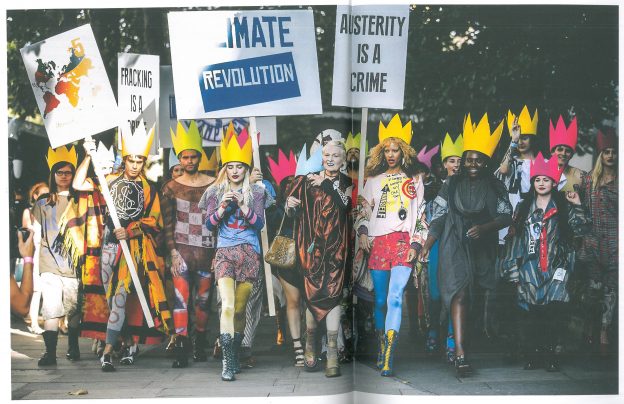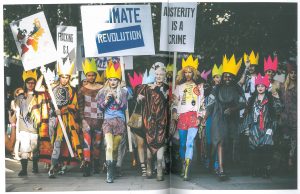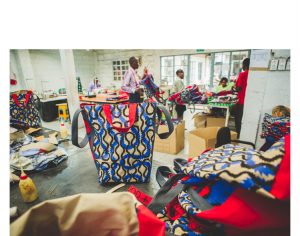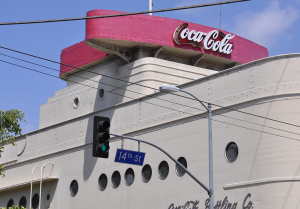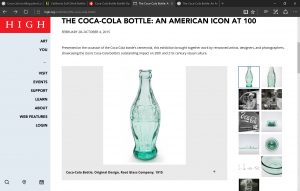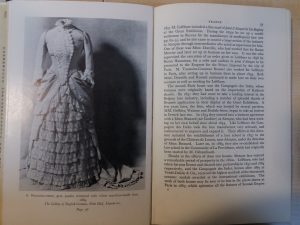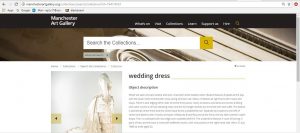I chose this image of David Bowie because it inspired me through the strong use of colour blocking in his signature design on his face. His abundant use of colour and pattern in his makeup and clothing throughout his career works well with my interests due to the same themes that I also like to use in my own work. This is probably why I feel it stuck out to me the most and peaked my interest in searching further and doing more research on this topic. It stimulated thoughts and themes of the 60’s for me, particularly fashion, which is what I chose to look into and research further; mainly the concept of 60’s fashion and trends influencing the modern day trends. This is where my research then uncovered the SS13 collection by Fay which also incorporated a bold use of colour blocking as a theme throughout her collection, connecting my thought process back to the Bowie image and the culture of the time it was taken. The Bowie image was more than likely influenced by 60’s trends also, due to the image only being taken in the early 70’s where the ‘Mod’ trend was still very apparent and popular amongst the general public. There is also a very apparent use of 60’s/70’s garment silhouettes and styling also; the use of A-line as well as the big, volumised hair. The V&A museum’s website gave a brief introduction to 60’s fashion and outlined some key influencers and designers of trends and fashion of the time e.g. Mary Quant. It proved somewhat handy to my research as it gave me a look at the original and historic 60’s clothing and trends. However, not many images of the collection were available to view online, limiting my research for now but sparking my interest for a potential visit in the future to expand my understanding of the theme and learn more about the history of the trends. This would then enable me to discuss and evaluate my topic further. My research turned up many other sources and images relevant to my thought process and topic so it provides me with plenty of other potential sources I could use to take this concept further in the future; be this through books, videos, pop culture and other designers work/collections. Through this task, I have discovered many other resources I can use in the future as well as discovering how influential the 60’s/70’s were in trends, fashion and even pop culture then as well as now. I still feel my knowledge is limited in some aspects and would love to visit the 60’s collection at the V&A to learn more in order to aid my research as well as open my mind more to the influences ‘Mod’ and other trends gave to present day. Bibliography
[1] Marsh G. and Broackes V. (2013), David Bowie Is, London, V&A Publications [Page 74]
[2] FMD (N/A), Fashion Models Directory, available from: http://www.fashionmodeldirectory.com/brands/fay/shows/2013/spring-summer/7272/cara-delevingne-137842/ [accessed 21st October 2017]
[3] V&A (N/A), Victoria & Albert Museum, available from: https://www.vam.ac.uk/collections/1960s-fashion [accessed 21st October 2017]

![Photograph of David Bowie by Brian Duffy in 1973 [1]](http://blog.soton.ac.uk/rcs/files/2017/10/Picture1-298x300.png)
![Photograph of Cara Delevingne in the Fay fashion show for SS13 by unknown [2]](http://blog.soton.ac.uk/rcs/files/2017/10/Picture2-200x300.png)
![V&A Museum, 1960’s Fashion in Gallery 40 [3]](http://blog.soton.ac.uk/rcs/files/2017/10/Picture3-300x137.png)
